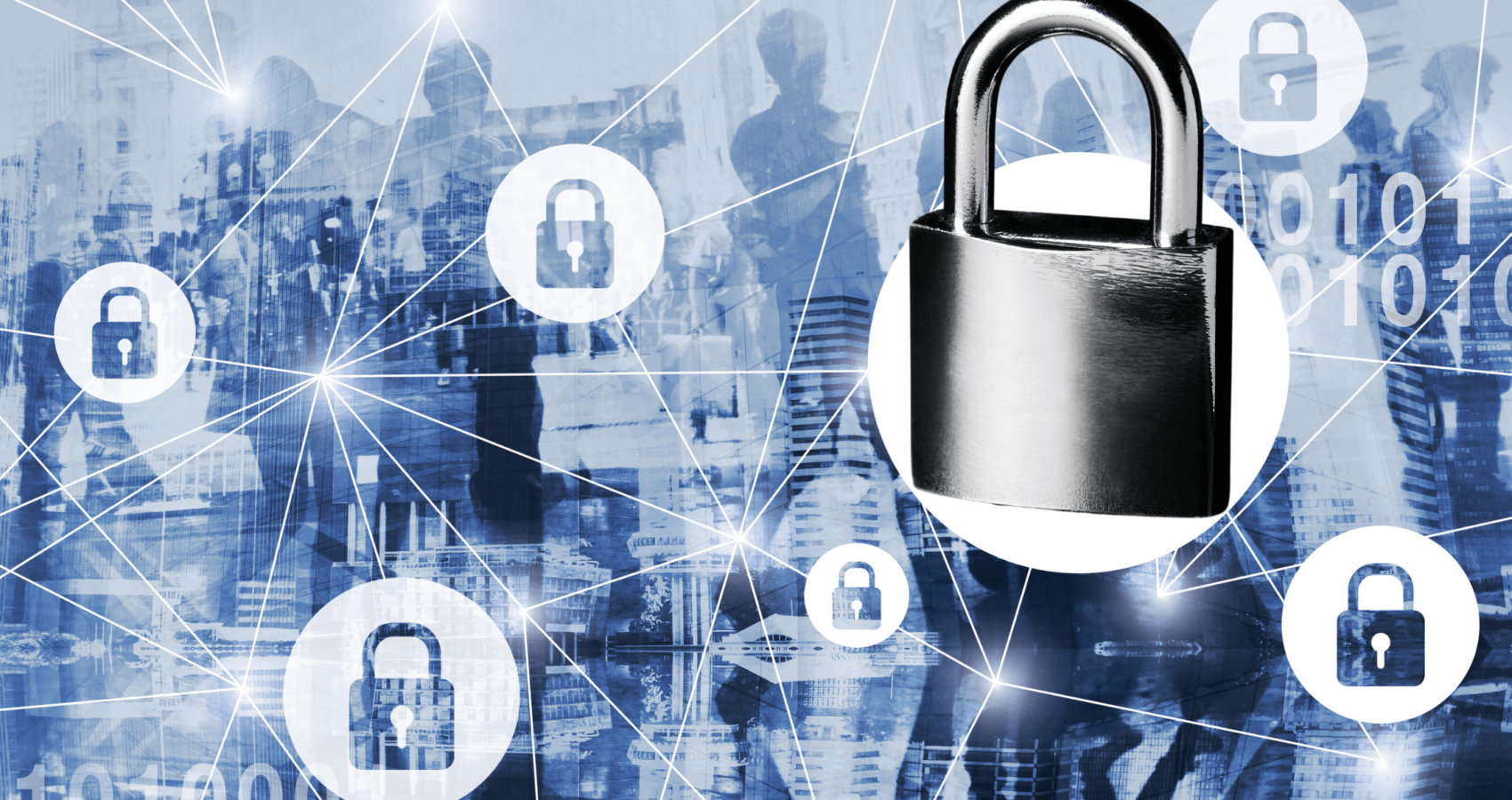
With the rising concern for student safety and the increasing prevalence of cyber threats, it has become imperative for K-12 schools to adopt a proactive approach to protect their networks and sensitive data.
The Zero Trust Security Model operates under the principle of “never trust, always verify.” It fundamentally challenges the traditional perimeter-based security approach by eliminating the inherent trust placed in users, devices, and networks within the school environment. By implementing granular access controls, continuous monitoring, and strict identity verification, schools can significantly reduce risk.
Understanding Zero Trust
The core tenet this approach to security is the elimination of the “trusted” and “untrusted” network dichotomy. Instead, it focuses on granular access control, where users and devices must prove their identity and authorization before gaining access to any resources, regardless of their location or network connection. This approach significantly reduces the risk of unauthorized access and potential breaches, as it effectively mitigates the threat of compromised credentials or devices within the network.
Benefits of Implementing a Zero Trust Security Model in K-12 Schools
One of the primary benefits of implementing the Zero Trust Security Model in K-12 schools is the enhanced security of sensitive student and staff data. In the education sector, institutions often handle a vast amount of personal information, including student records, financial data, and confidential communications. The Zero Trust approach ensures that access to this sensitive information is strictly controlled and monitored, reducing the risk of data breaches and unauthorized access.
The Zero Trust Security Model is able to mitigate the risk of internal threats. Within the school environment, there may be instances of insider threats, such as disgruntled employees or compromised user accounts, which can pose a serious risk to the institution’s security. The Zero Trust model addresses this by continuously verifying the identity and authorization of users, regardless of their location or device, and limiting their access to only the resources they require to perform their duties.
Key Components of the Zero Trust Security Model for K-12 Schools
The Zero Trust Security Model for K-12 schools has several key components that work together to enhance the overall security posture. One of the foundational elements is strong identity and access management (IAM), which involves the implementation of robust user authentication and authorization mechanisms. This includes the use of multi-factor authentication, adaptive risk-based access controls, and the principle of least privilege, ensuring that users only have access to the resources they need to perform their duties.
Another crucial component is continuous monitoring and threat detection. The Zero Trust model requires the continuous monitoring of user activities, device behavior, and network traffic to identify and respond to potential threats in real-time. This is achieved through the deployment of advanced security analytics, behavioral monitoring, and anomaly detection tools, which can help schools quickly identify and mitigate any suspicious activities or data breaches.
Data protection and encryption are also integral parts of the Zero Trust Security Model. By implementing robust data encryption, both at rest and in transit, schools can ensure that sensitive information is protected from unauthorized access, even in the event of a breach. Additionally, the model emphasizes the need for data segmentation and micro-segmentation, which involve the division of the network into smaller, isolated zones, further limiting the potential impact of a breach.
The Future of K-12 School Safety
As the threat landscape continues to evolve and the reliance on technology in the education sector increases, the adoption of the Zero Trust Security Model has become crucial for enhancing the safety and security of schools.
Zero Trust will undoubtedly play a pivotal role in shaping the way schools approach cybersecurity and student data privacy. K-12 schools can enhance their overall security posture by addressing the evolving threat landscape with a zero-trust approach – a robust and adaptable model that protects sensitive data, ensures compliance with privacy regulations, and safeguards the well-being of students and staff.

